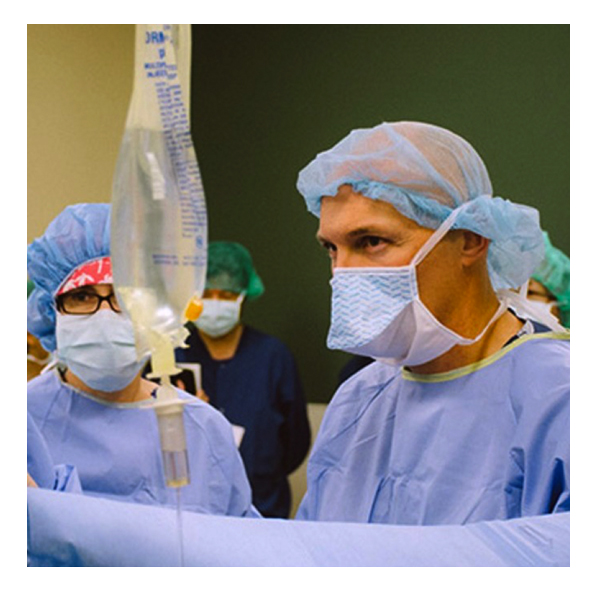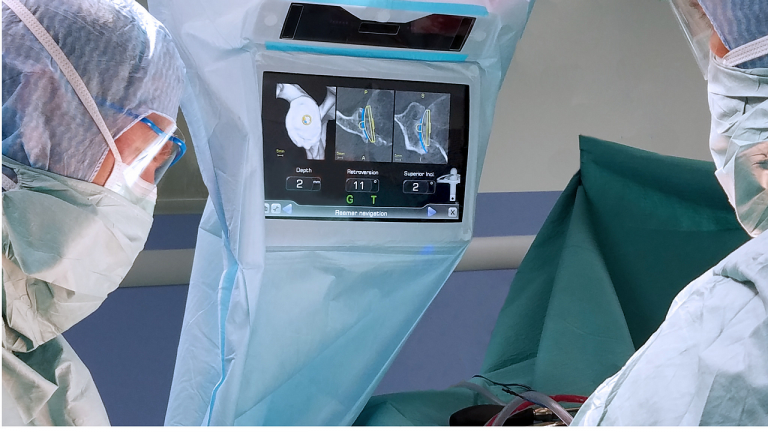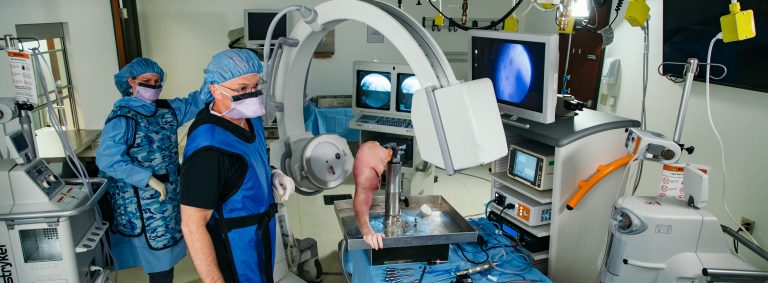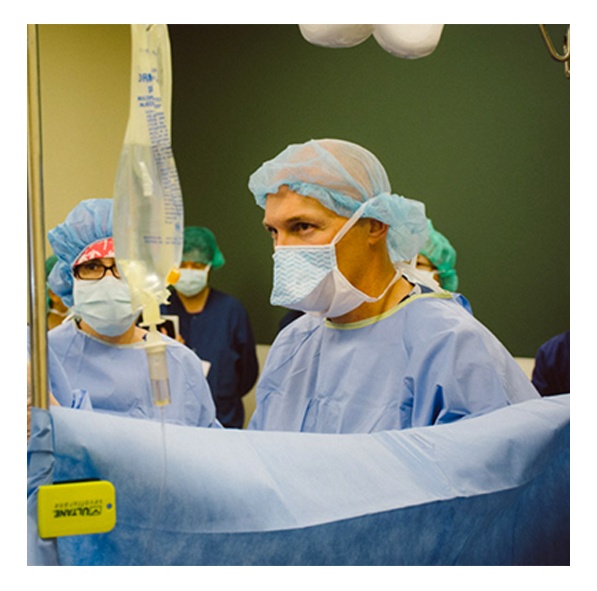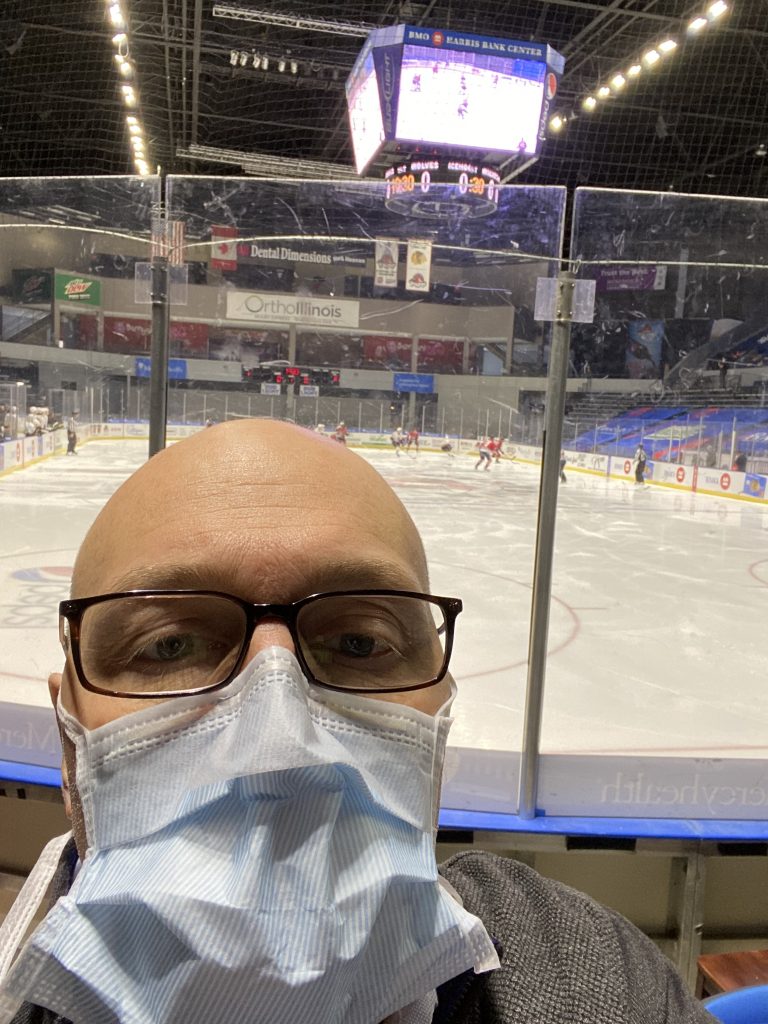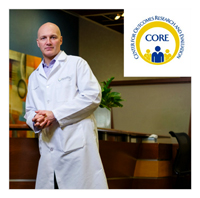Medical Innovation Happens when Surgeons Upgrade How They Teach
[fusion_builder_container hundred_percent=”no” hundred_percent_height=”no” hundred_percent_height_scroll=”no” hundred_percent_height_center_content=”yes” equal_height_columns=”no” menu_anchor=”” hide_on_mobile=”small-visibility,medium-visibility,large-visibility” status=”published” publish_date=”” class=”” id=”” background_color=”” background_image=”” background_position=”center center” background_repeat=”no-repeat” fade=”no” background_parallax=”none” enable_mobile=”no” parallax_speed=”0.3″ video_mp4=”” video_webm=”” video_ogv=”” video_url=”” video_aspect_ratio=”16:9″ video_loop=”yes” video_mute=”yes” video_preview_image=”” border_size=”” border_color=”” border_style=”solid” margin_top=”” margin_bottom=”” padding_top=”” padding_right=”” padding_bottom=”” padding_left=””][fusion_builder_row][fusion_builder_column type=”1_3″ layout=”1_3″ spacing=”” center_content=”no” link=”” target=”_self” min_height=”” hide_on_mobile=”small-visibility,medium-visibility,large-visibility” class=”” id=”” background_color=”” background_image=”” background_image_id=”” background_position=”left top” background_repeat=”no-repeat” hover_type=”none” border_size=”0″ border_color=”” border_style=”solid” border_position=”all” padding_top=”” padding_right=”” padding_bottom=”” padding_left=”” margin_top=”” margin_bottom=”” animation_type=”” animation_direction=”left” animation_speed=”0.3″ animation_offset=”” last=”no”][fusion_imageframe image_id=”753|400″ max_width=”” style_type=”” blur=”” stylecolor=”” hover_type=”none” bordersize=”” bordercolor=”” borderradius=”” align=”none” lightbox=”no” gallery_id=”” lightbox_image=”” lightbox_image_id=”” alt=”” link=”” linktarget=”_self” hide_on_mobile=”small-visibility,medium-visibility,large-visibility” class=”” id=”” animation_type=”” animation_direction=”left” animation_speed=”0.3″ animation_offset=””]https://www.scotttrenhailemd.com/wp-content/uploads/2016/08/Medical-Innovation-Happens-400×396.jpg[/fusion_imageframe][/fusion_builder_column][fusion_builder_column type=”2_3″ layout=”2_3″ spacing=”” center_content=”no” link=”” target=”_self” min_height=”” hide_on_mobile=”small-visibility,medium-visibility,large-visibility” class=”” id=”” background_color=”” background_image=”” background_image_id=”” background_position=”left top” background_repeat=”no-repeat” hover_type=”none” border_size=”0″ border_color=”” border_style=”solid” border_position=”all” padding_top=”” padding_right=”” padding_bottom=”” padding_left=”” margin_top=”” margin_bottom=”” animation_type=”” animation_direction=”left” animation_speed=”0.3″ animation_offset=”” last=”no”][fusion_text columns=”” column_min_width=”” column_spacing=”” rule_style=”default” rule_size=”” rule_color=”” hide_on_mobile=”small-visibility,medium-visibility,large-visibility” class=”” id=””]
In 2010, the Arthroscopy Association of North America (AANA) set out to learn better strategies for educating its member-surgeons. An appointed task-force searched the world to determine whether there were methods being used to train highly skilled professionals in disciplines outside of medicine that could be adapted to improve their own educational offerings. Based on what they learned from the National Aeronautics and Space Administration (NASA), the AANA adopted a new and better method of training surgeons in arthroscopic repair. This modernization of educational methodology has become known as the AANA “Copernicus Initiative” (the work of Nikolai Copernicus’ is largely responsible for shifting the paradigm from the Earth to the Sun being at our solar system’s center).
Changing the way surgeons are taught is no small task. It requires the AANA to establish methods of determining and presenting expert arthroscopic technique, avenues for students to practice what is presented, and a tool for assessing and evaluating students’ surgical performance.
[/fusion_text][/fusion_builder_column][fusion_builder_column type=”1_1″ layout=”1_1″ spacing=”” center_content=”no” link=”” target=”_self” min_height=”” hide_on_mobile=”small-visibility,medium-visibility,large-visibility” class=”” id=”” background_color=”” background_image=”” background_image_id=”” background_position=”left top” background_repeat=”no-repeat” hover_type=”none” border_size=”0″ border_color=”” border_style=”solid” border_position=”all” padding_top=”” padding_right=”” padding_bottom=”” padding_left=”” margin_top=”” margin_bottom=”” animation_type=”” animation_direction=”left” animation_speed=”0.3″ animation_offset=”” last=”no”][fusion_text columns=”” column_min_width=”” column_spacing=”” rule_style=”default” rule_size=”” rule_color=”” hide_on_mobile=”small-visibility,medium-visibility,large-visibility” class=”” id=””]As a known shoulder authority, Dr. Trenhaile serves on the AANA Copernicus Initiative Committee for Shoulder Evaluation Development. But Monday, 8/15/16, Dr. Trenhaile was asked to serve as the expert surgeon performing a live ACL Knee surgery, the recording of which will be used as an educational benchmark for the AANA Copernicus Initiative.
“I’m proud to be a part of optimizing the education of surgeons in my field. The AANA is shifting the way surgical technique is being taught and I’m excited to participate in it,” said Dr. Trenhaile after Monday’s live surgical event at the AANA Orthopedic Learning Center in Rosemont, IL.
Read more about the AANA Copernicus Initiative here.
Formed in 1981, The Arthroscopy Association of North America (AANA) is an ACCME approved organization which exists to promote, encourage, support and foster through all possible continuing medical education forums the commercial bias free development, improvement and dissemination of knowledge in the discipline of arthroscopic and minimally-invasive surgery. This is done to improve the diagnosis and treatment of diseases and injuries to all aspects of the musculoskeletal system.[/fusion_text][/fusion_builder_column][/fusion_builder_row][/fusion_builder_container]

